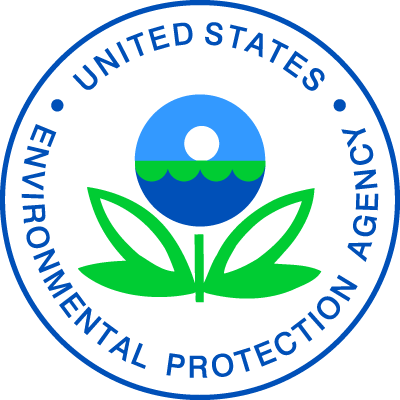Derp73
Arachnopeon
- Joined
- Sep 20, 2023
- Messages
- 1
I am trying to safely seal a styrofoam block under a background filled with great stuff large gap foam. The foam was used to fill in voids in the back of a deep "rockledge" universal rocks background that I got for, yes, my snake. I filled in around the styrofoam block at the bottom with the foam; but I could take the block out. I didn't want her to get behind the background or under it. The background is 12 in high and I'm using it in an 18 in high PVC enclosure which I'm preparing for Bio activity. It is very hard to get answers about the safety of sealants, foams and other materials that are safe for vivs and can be used in combination. As far as I can tell; you guys are really tuned up about all this!
1. Are all great stuff foams equally safe?
2. Should I just take out the styrofoam block and screw the background into my pvc enclosure (along with using good silicone to hold it against my pvc enclosure) or can I safely seal the styrofoam block with good waterproof safe silicone? Can you even do that? (The styrofoam block is to raise the background above the substrate)
At this point I am thinking about not even using the background at all. Thanks for your expertise in these matters!
1. Are all great stuff foams equally safe?
2. Should I just take out the styrofoam block and screw the background into my pvc enclosure (along with using good silicone to hold it against my pvc enclosure) or can I safely seal the styrofoam block with good waterproof safe silicone? Can you even do that? (The styrofoam block is to raise the background above the substrate)
At this point I am thinking about not even using the background at all. Thanks for your expertise in these matters!



